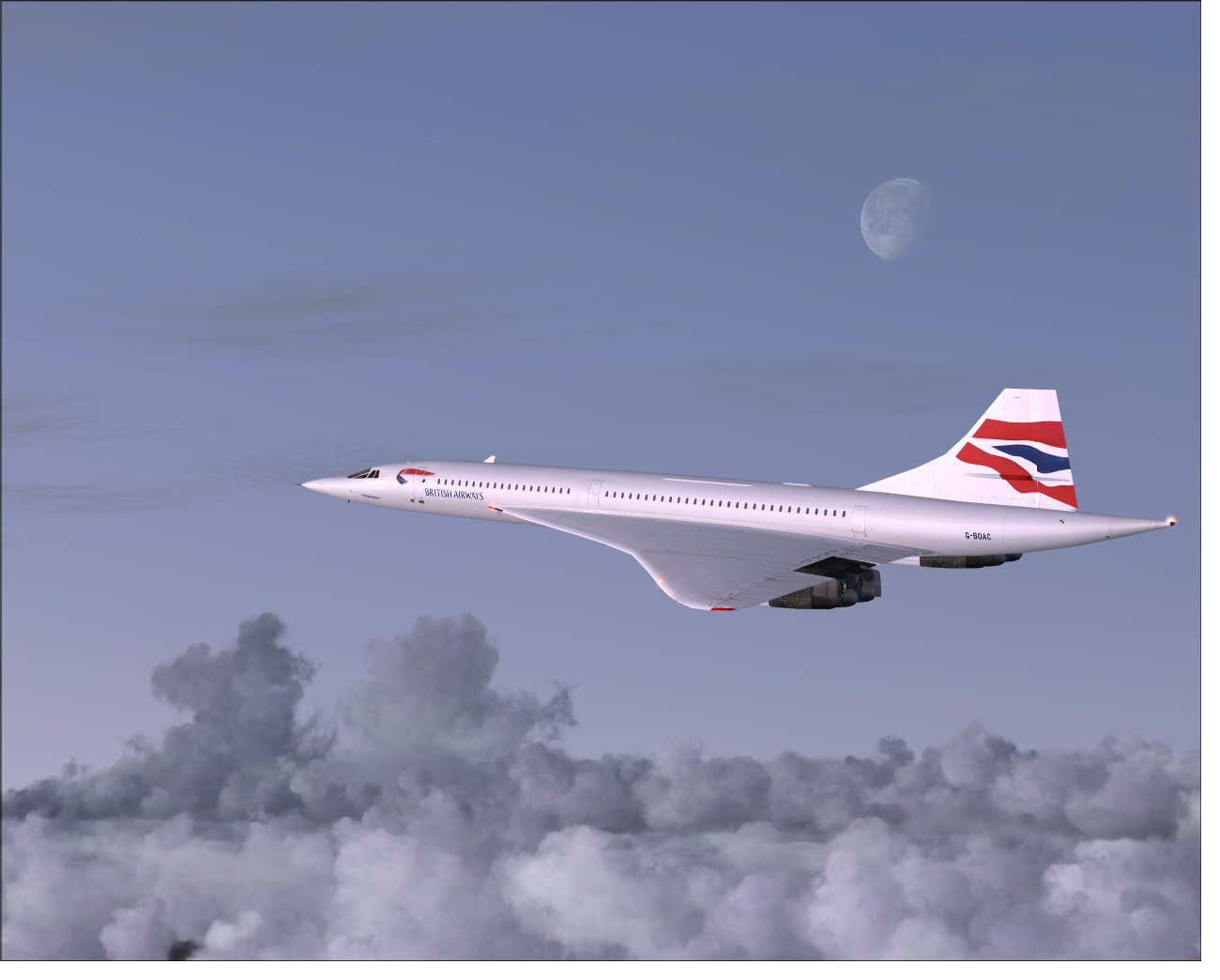
Concorde - Lesser Known Facts
On 7th February 1996 British Airways Concorde G-BOAD piloted by Captain Leslie Scott with Senior First Officer Tim Orchard, together with Senior Engineering Officer Rick Eades set the New York to London record of 2 hours 52 minutes and 59 seconds from Take Off to Touchdown. As of 2015 this record still stands as the fastest trans-Atlantic flight from John F. Kennedy airport in New York to Heathrow airport in London.
From the time that the Captain, the First Officer and the Flight Engineer arrived at the aircraft to the moment Concorde took off the three Flight Crew had to complete 339 Main Check List items, mostly from memory.
Concorde had a top cruising speed of 1,350 miles per hour, which means that on average, Concorde travelled one mile every two and three quarter seconds - that’s 22½ miles per minute.
Concorde was the world’s first commercial aircraft to use carbon-based brakes due to the high average take-off speed of 250 miles per hour. The brakes were developed by by the firm Dunlop and the use of carbon brakes over equivalent steel brakes provided a weight-saving of 12,000 lb (or 5,443 kg). Each main wheel (Concorde had eight) had multiple discs which were cooled by electric fans. After a typical landing at Heathrow, brake temperatures were around 300-400°C.
Owing to air friction as the plane travelled at supersonic speed, the fuselage would heat up and expand by between 6 and 10 inches. The most obvious example of this characteristic was a gap that opened up on the Flight Deck between the rearmost edge of the Flight Engineer's panel and the bulkhead. On some of the aircraft that were flown to various museums round the world when Concorde retired, the Flight Engineers placed their uniform hats in this expanded gap when the aircraft was supersonic, thereby wedging the hat irremovable when the aircraft shrank again after slowing down and landing. Some of those hats are still in place and can be seen in the aircraft at the museums.
On 21st September 1999 Spain's Jose Maria Olazabal set a world record for a golf putt during the Concorde flight taking the European Ryder Cup team to America on the eve of the tournament and his 150 foot putt down the length of Concorde’s cabin went in the cup first time. With Concorde travelling at 1,270 mph, the ball was actually in motion for 9.232 miles. "On the eve of the Ryder Cup it's great to be involved in a record for golf and for Concorde," said British Airways Captain David Studd who had lent his own putter to the golfer.

